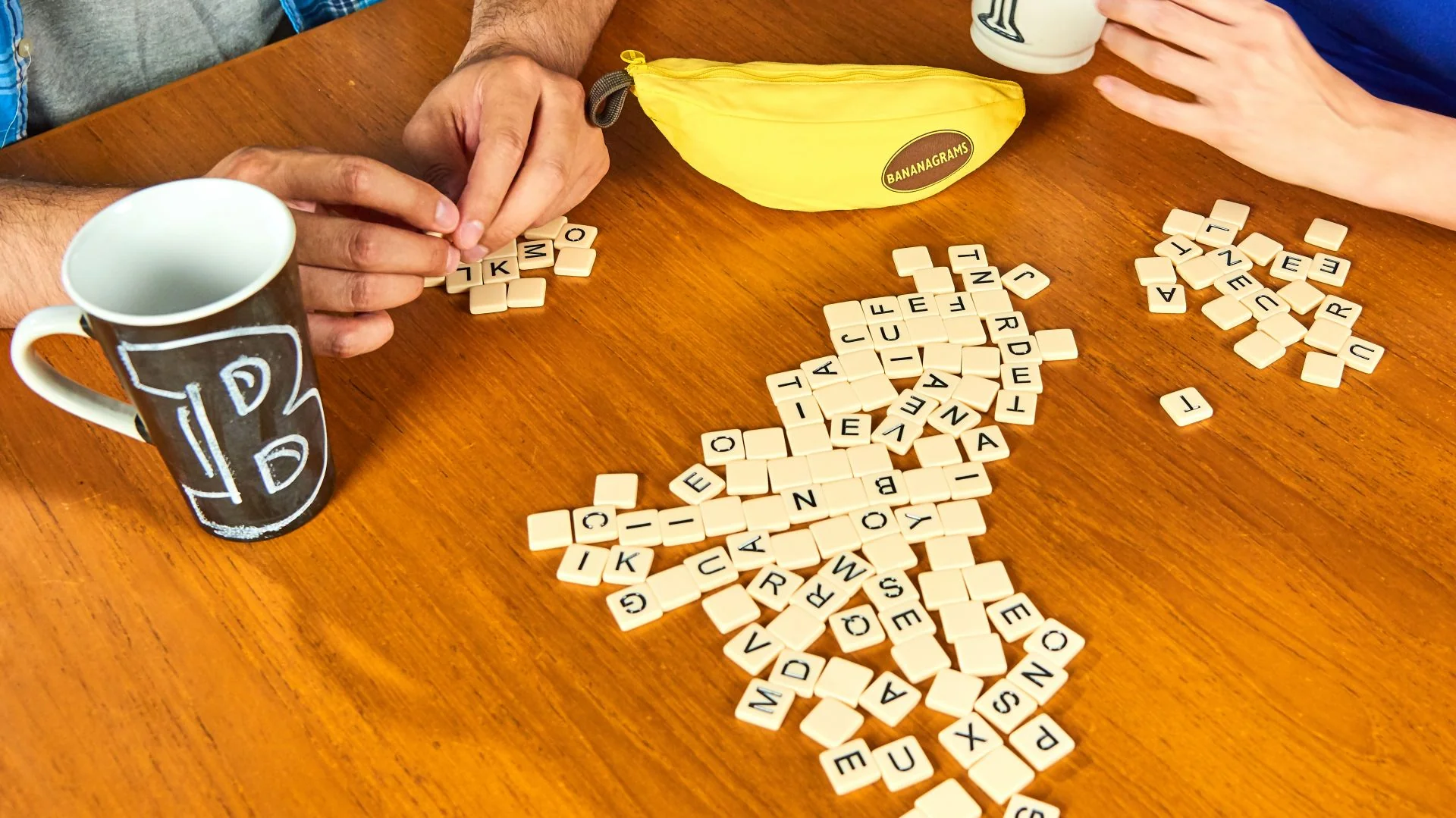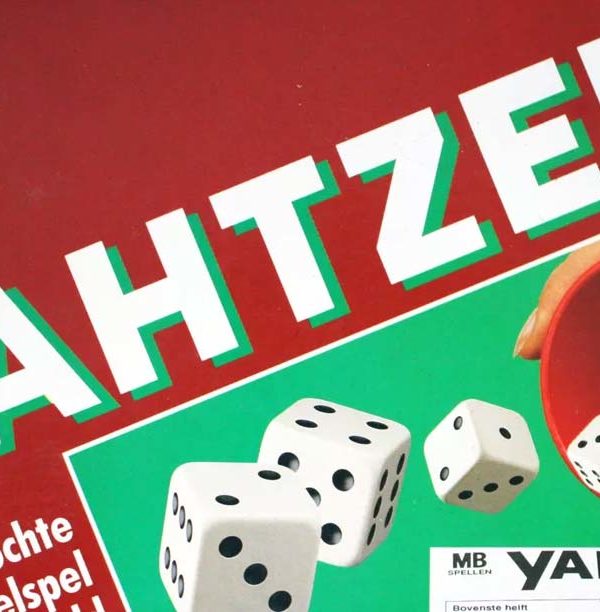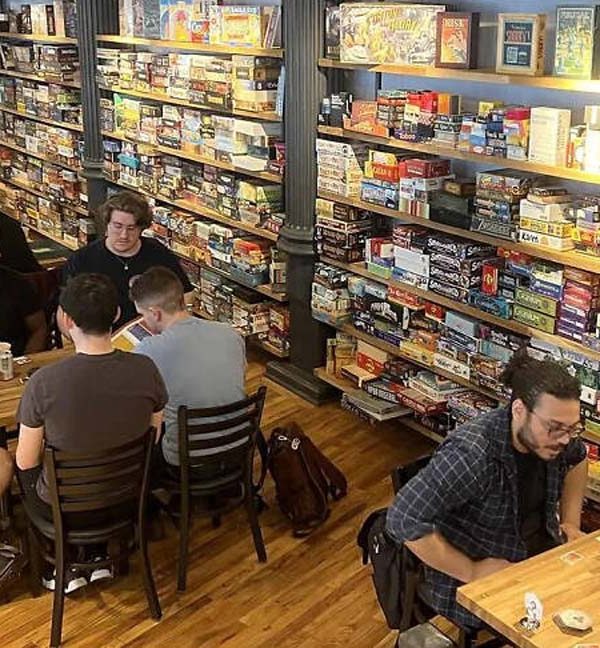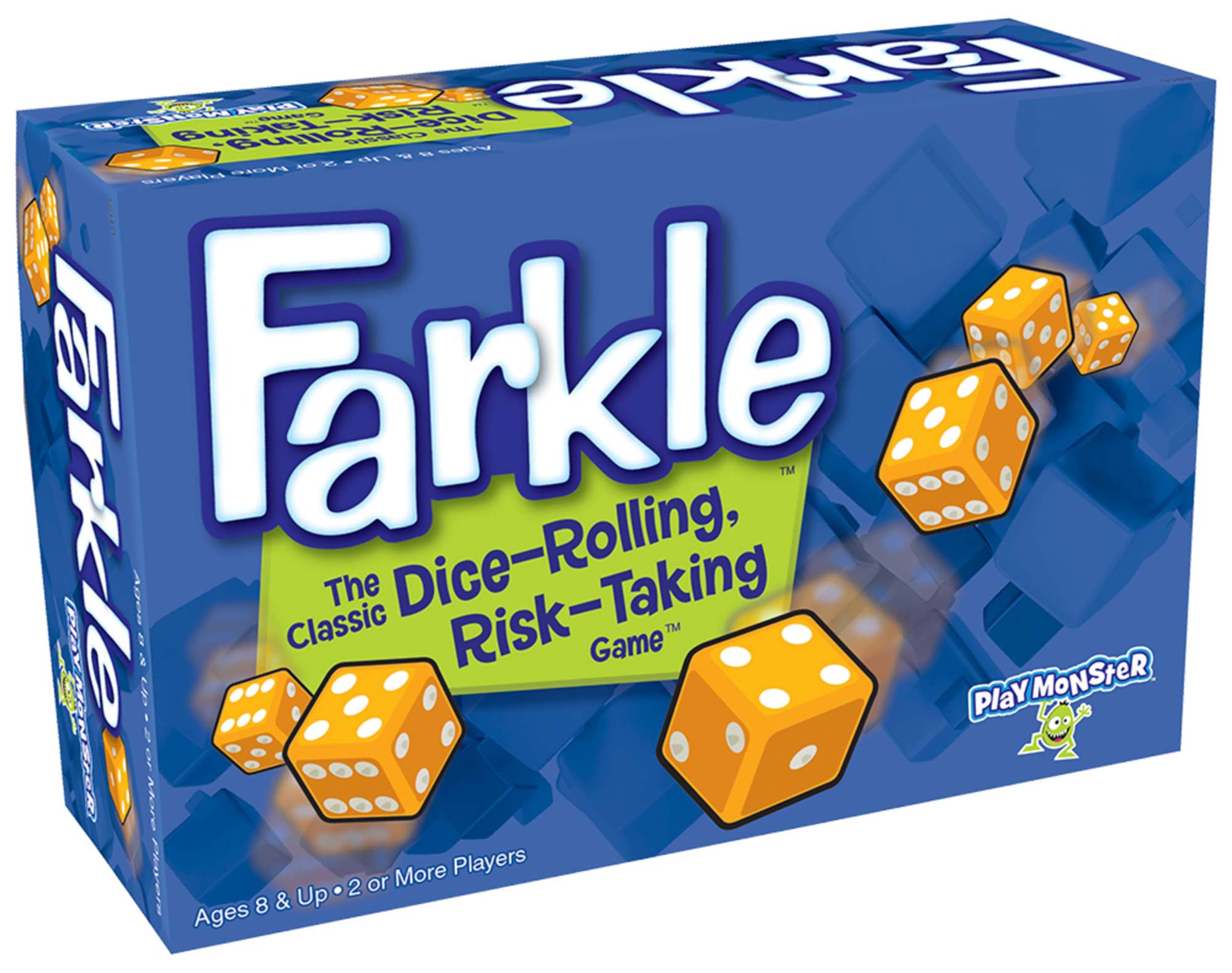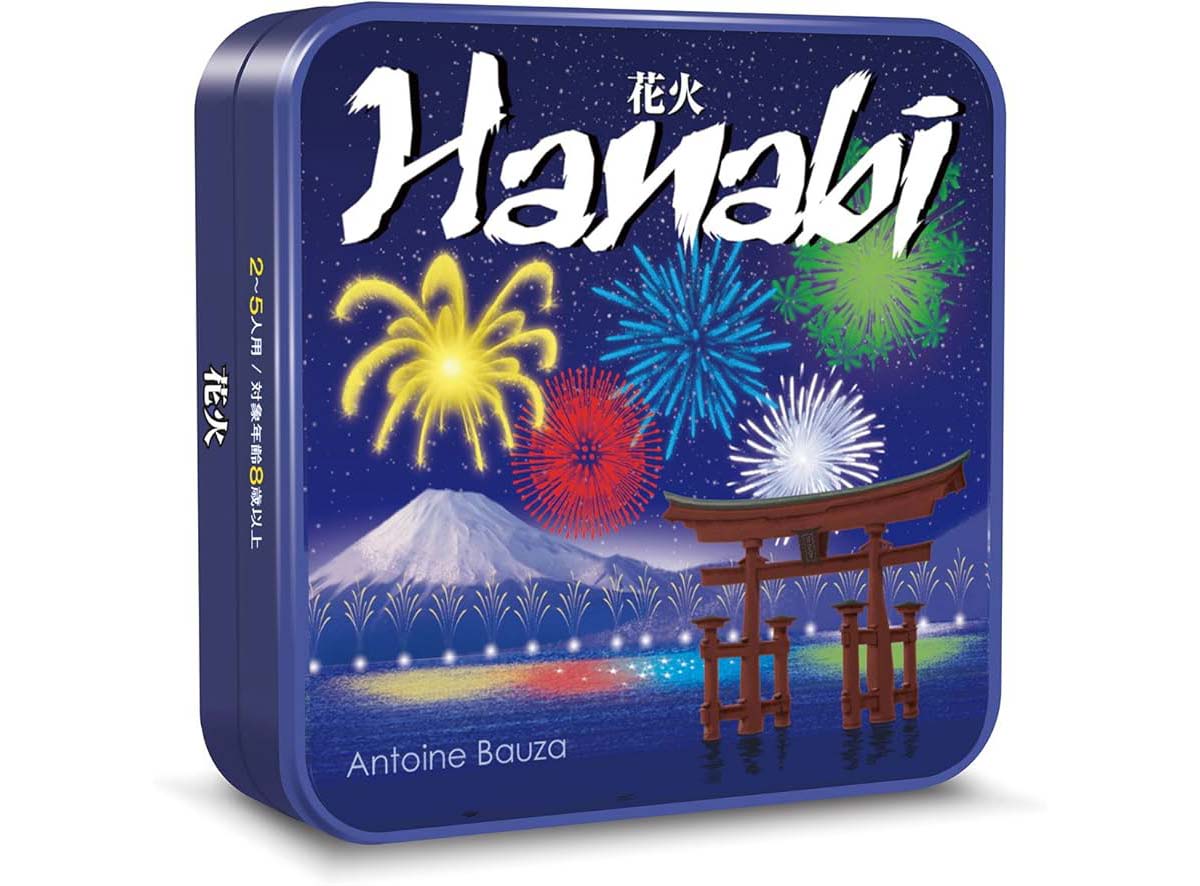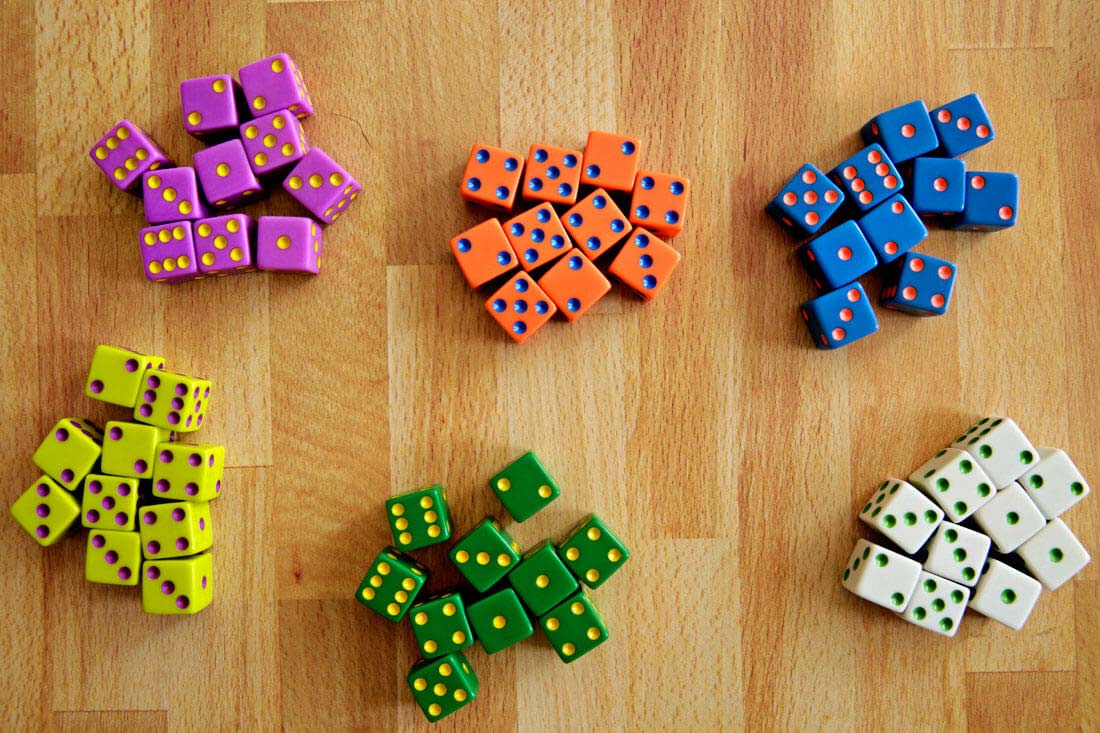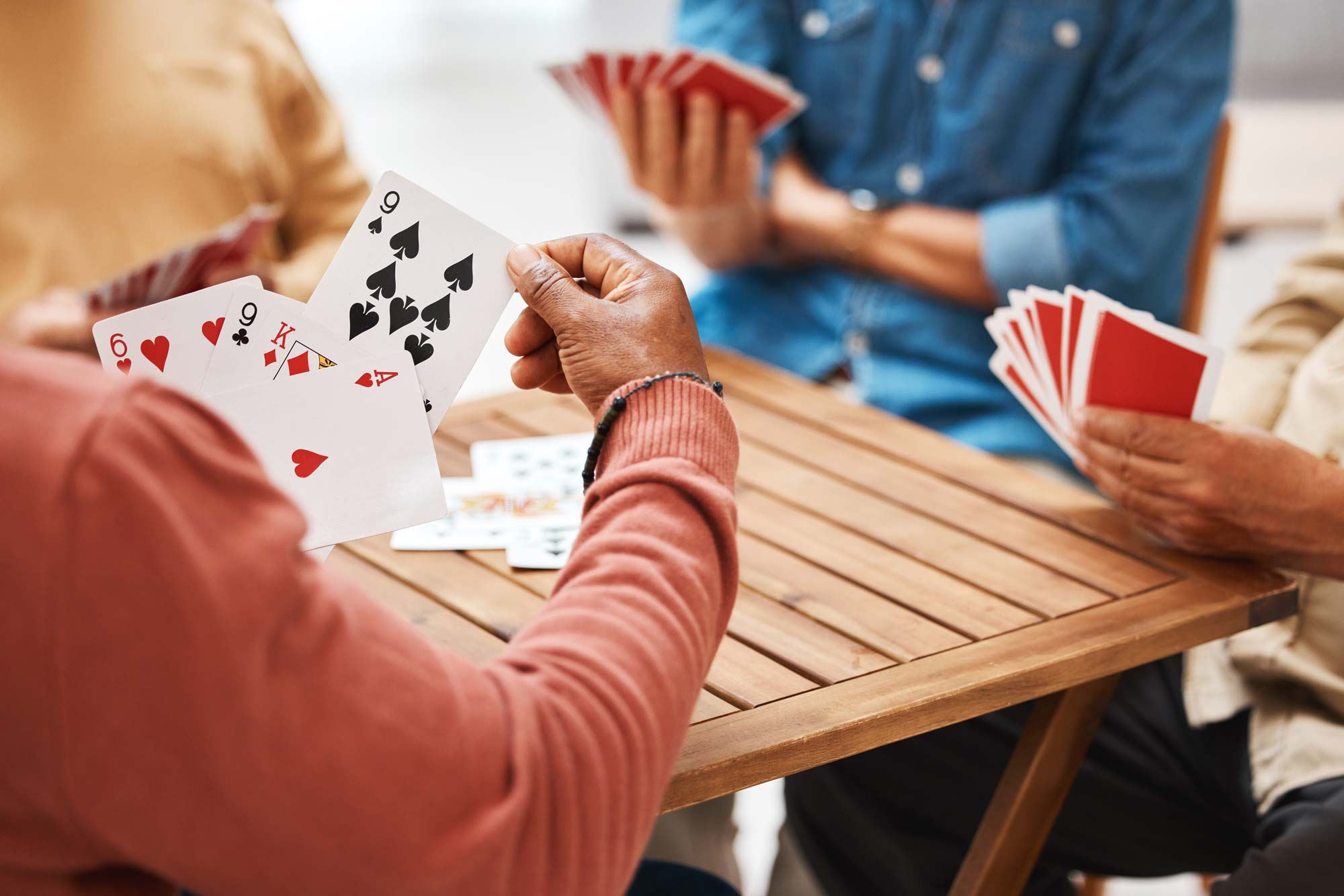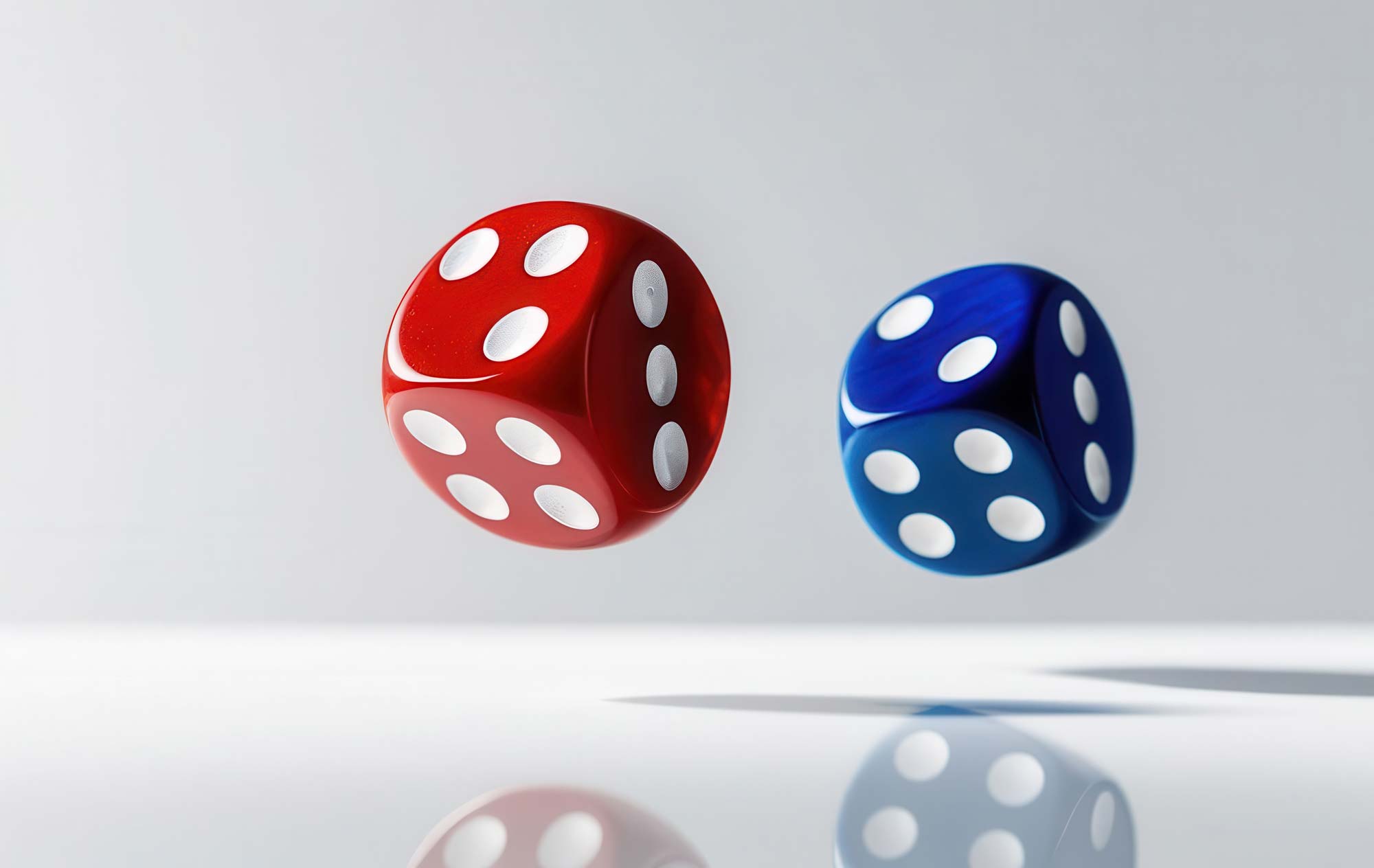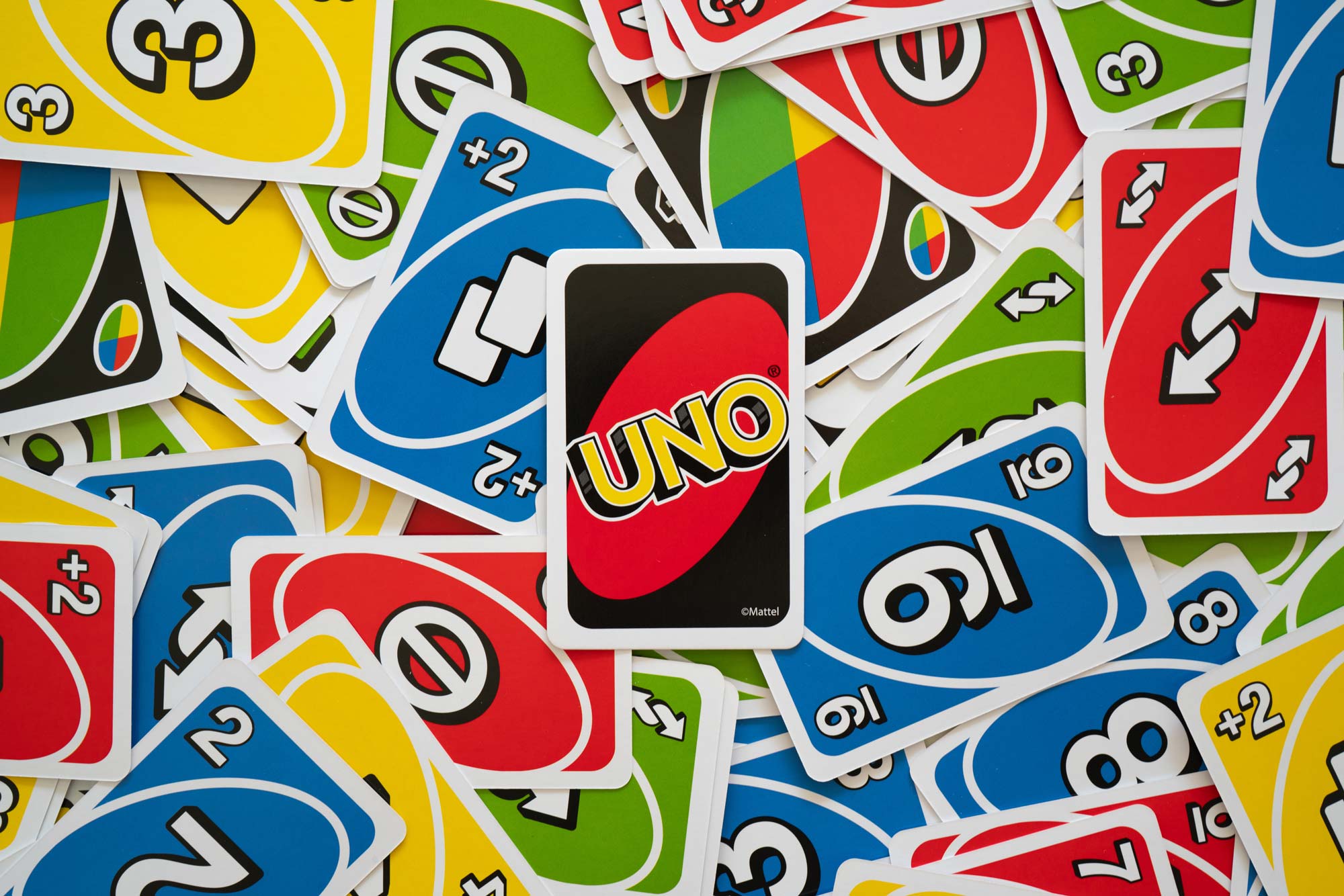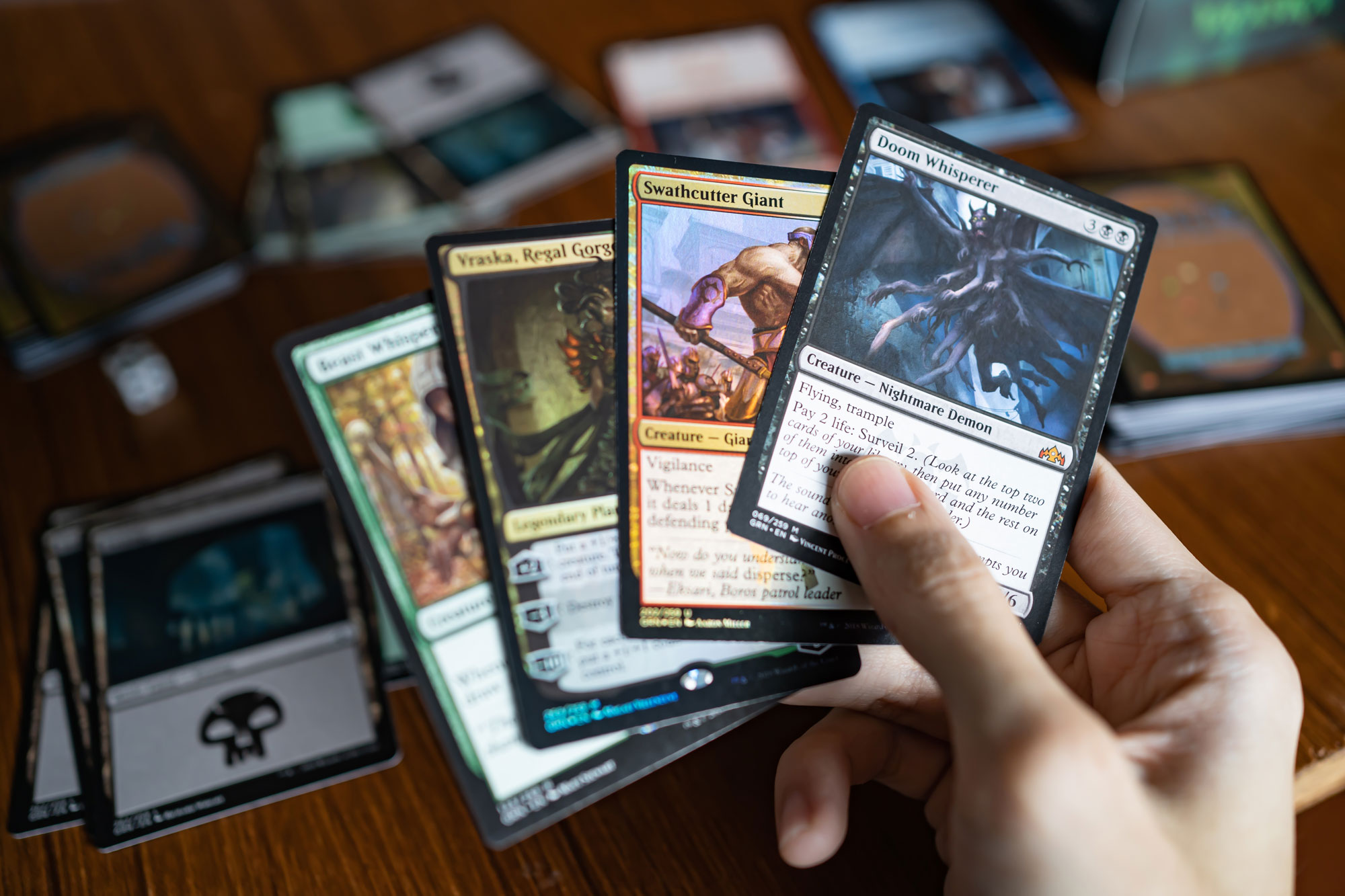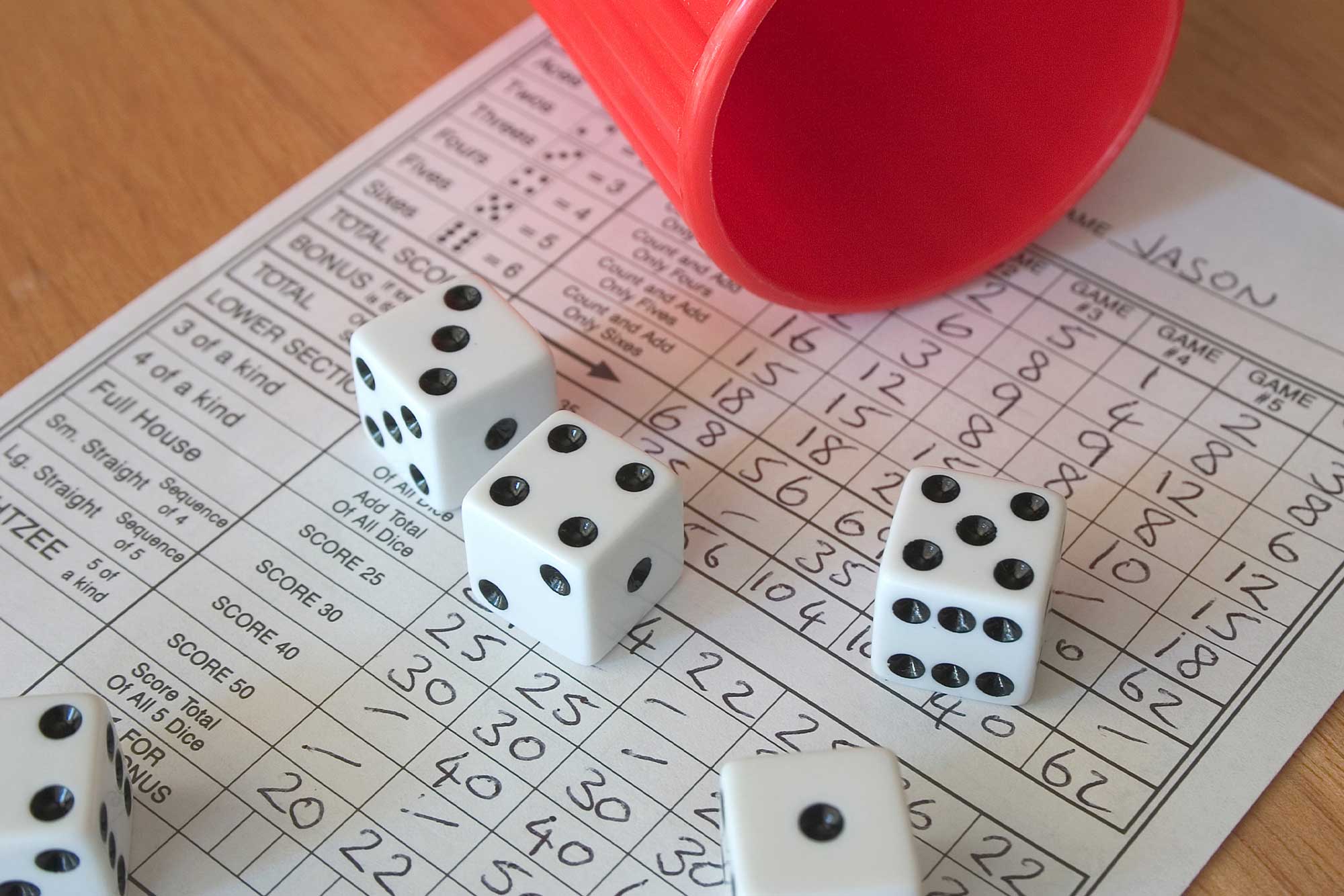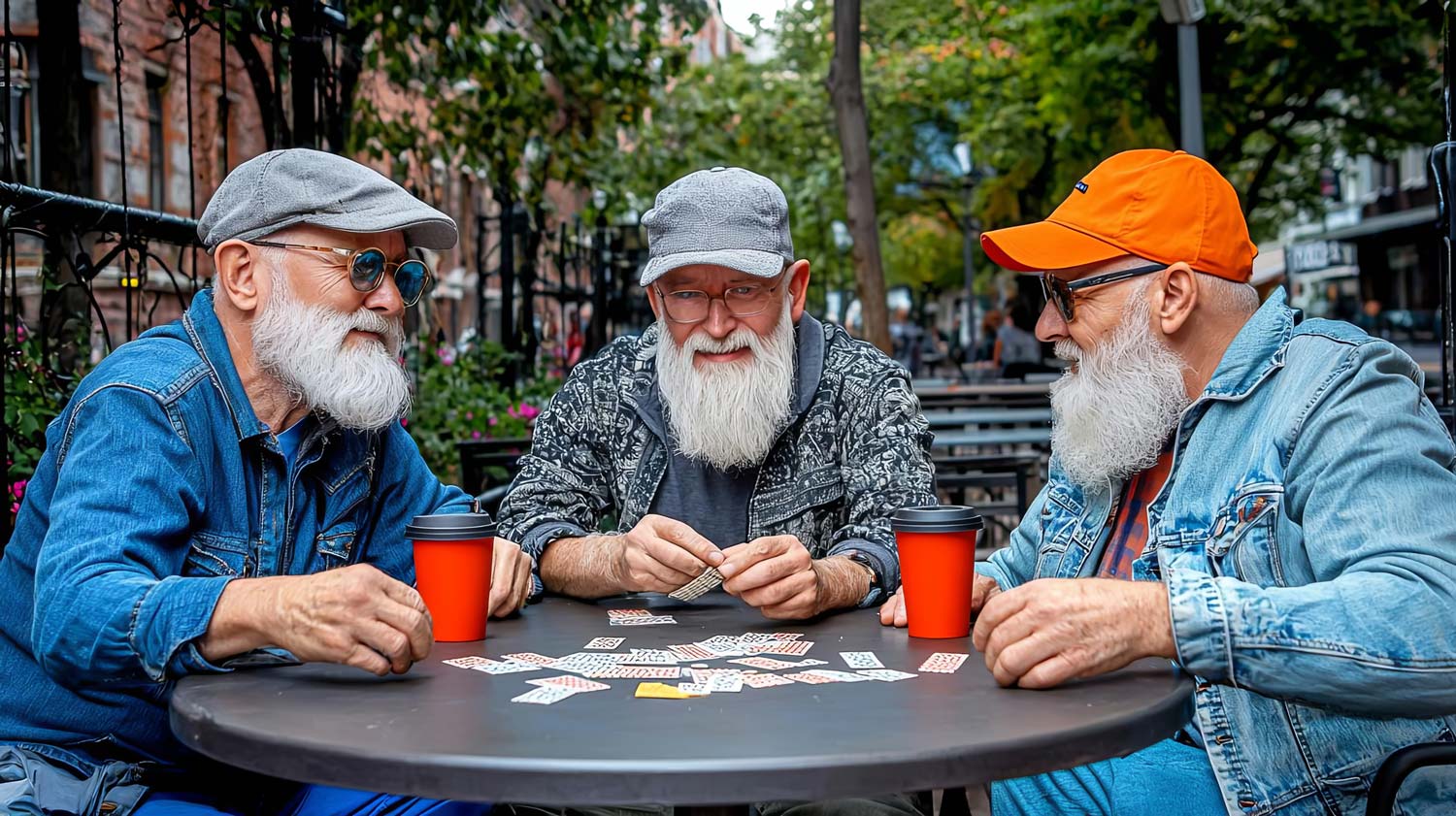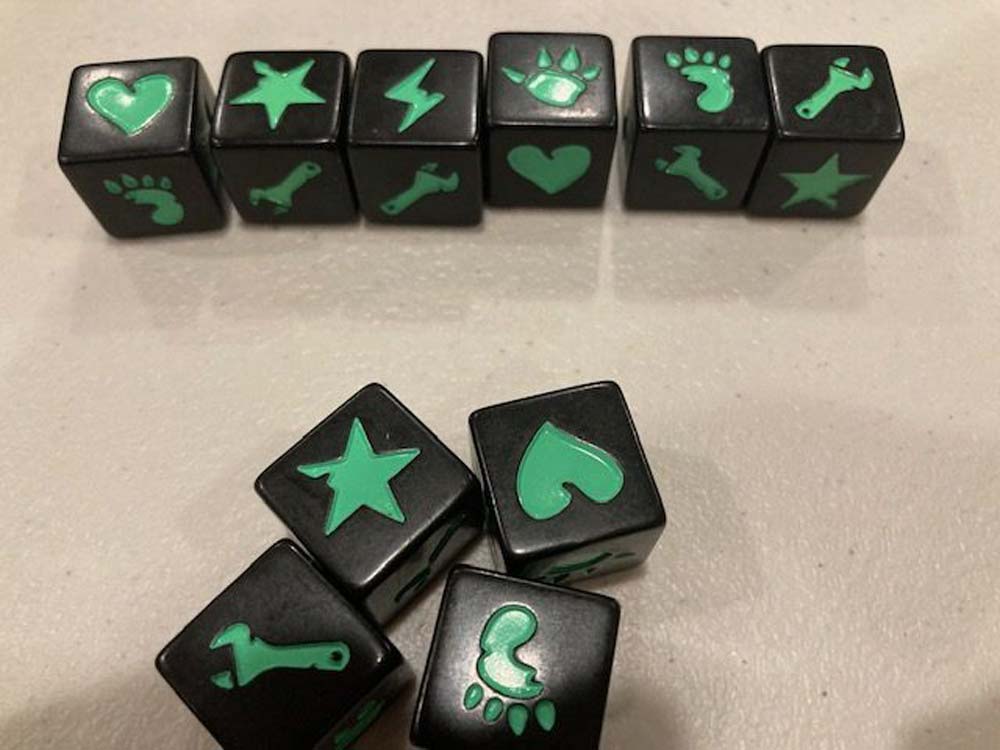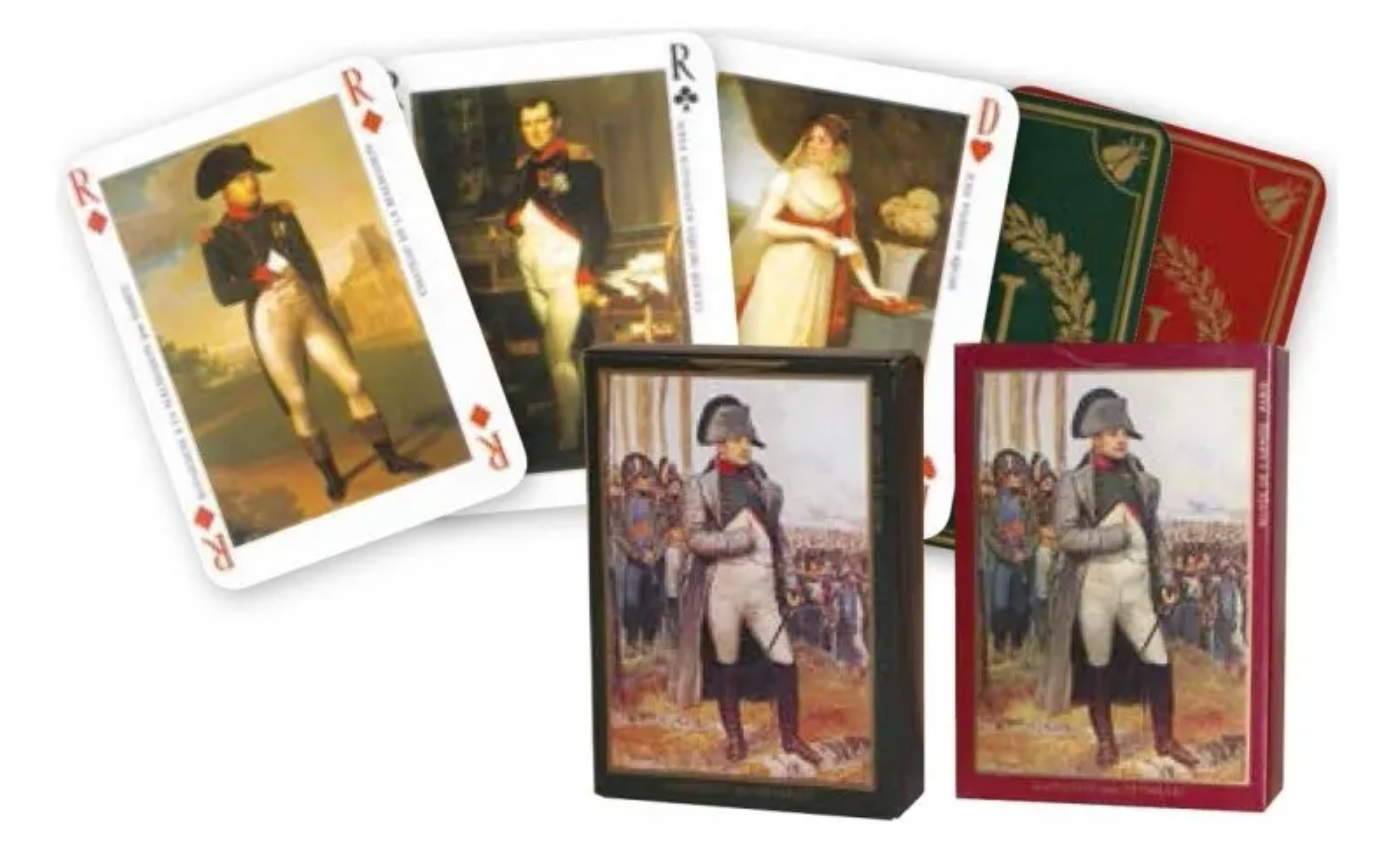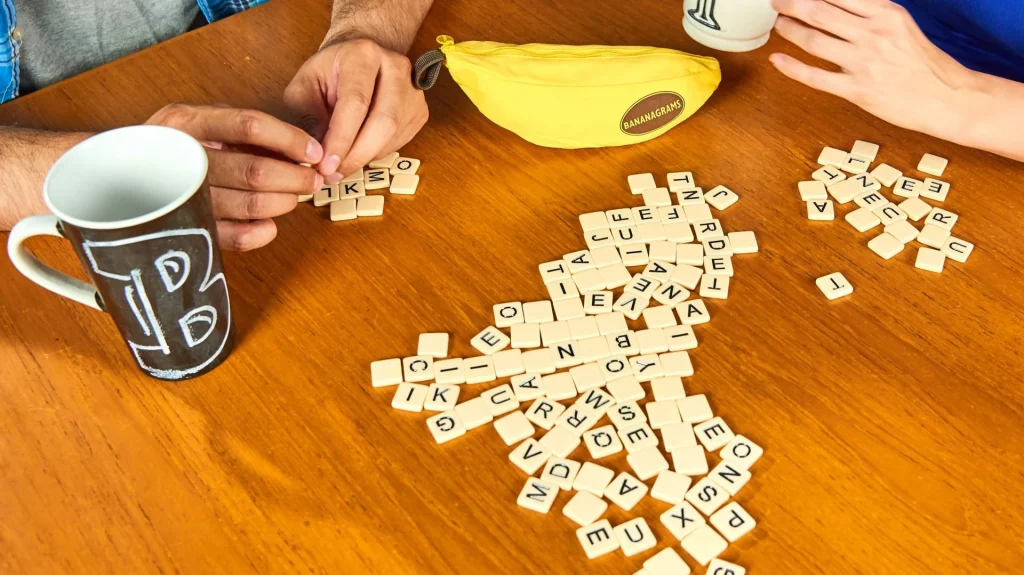
Say hello to Bananagrams, the tile game that’s fast, fun, and just a little bit fruity. Imagine a game where Scrabble meets speed and the only limit is your vocabulary. This isn’t just a game; it’s a race to the finish, where every word counts and every second matters. Ready to peel, play, and outspell your opponents? Let’s dive into the vibrant world of Bananagrams.
Country of Origin: United States
Date of Origin: 2006
Regions Popular In: United States, United Kingdom, Australia, and various English-speaking countries
Family: Tile-based games, word games
Also Known As: None
Variants: Double Bananagrams, Party Edition, Bananagrams WildTiles
Game Rules
Objective of the Game
The goal is to be the first to use all your letter tiles to build a connected grid of valid words.
Number of Players: Typically two to eight players.
Tile Information: A Bananagrams set contains 144 letter tiles, each with a single letter of the alphabet.
Setup
Place all tiles face down in the center. Each player draws a set number of tiles (depending on the number of players).
Basic Gameplay
Players race to form their own interconnected grid of words. When a player uses all their tiles, they shout “Peel!” and everyone draws a new tile from the pile. If players can’t use a tile, they can swap it out by saying “Dump” and drawing three new tiles.
Winning Conditions
The game ends when there are fewer tiles left than players, and one player has used all their tiles in a valid grid. The first to finish shouts “Bananas!” and wins the game.
Key Terms
- Peel: A player calls this when they use all their tiles, prompting everyone to draw a new tile.
- Dump: A player calls this to swap an unwanted tile for three new ones.
- Bananas: Called by the player who completes their grid first, signaling the end of the game.
Strategy and Tips
Here’s the secret to winning: Speed and adaptability are your best friends. Focus on forming simple, short words first to use up your tiles quickly. Keep an eye on potential changes and be ready to rearrange your grid as needed. Remember, flexibility is key—if a word doesn’t fit, don’t be afraid to dump and draw new tiles.
Historical Background
Bananagrams was created in 2006 by the Nathanson family, who wanted a word game that was fast, portable, and didn’t require a board. Its unique banana-shaped pouch and simple rules quickly made it a hit, spreading like wildfire among word game enthusiasts.
Popularity and Cultural Impact
Bananagrams has become a beloved staple in homes, schools, and social gatherings. Its easy setup and rapid gameplay make it accessible to players of all ages. The game’s portable nature and quirky design have cemented its place as a modern classic, inspiring numerous variations and spin-offs.
Legends and Funny Stories
There’s a legend of a player who, in the heat of a Bananagrams showdown, managed to use all their tiles in under two minutes—earning them the nickname “The Banana Whisperer.” And then there’s the hilarious story of a family game night where “Peel!” turned into a frantic scramble, only to end with everyone in stitches over a misspelled word.
Conclusion
Bananagrams: a game that’s as refreshing as it is challenging, blending speed, strategy, and a touch of whimsy. It’s more than just forming words; it’s about the thrill of the race and the joy of outsmarting your opponents. Ready to put your vocabulary to the test? Grab your tiles, gather your friends, and dive into the fast-paced fun of Bananagrams. Happy playing!
